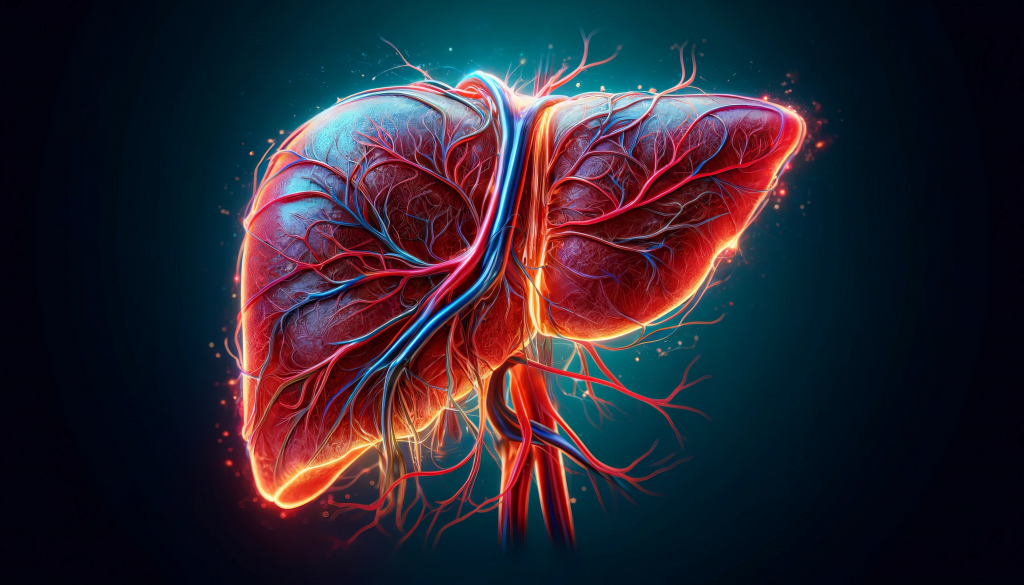
Liver cirrhosis 2-7 million adults in the US and causes 1.3 million deaths worldwide annually, with a high risk of hospitalization, liver cancer, and poor quality of life. Only 1% of patients receive a liver transplant due to organ shortages, making prevention of decompensation crucial. A new study by Northwestern researchers Neil L. Kelleher, Walter and Mary E. Glass Professor of Molecular Biosciences, Professor of Chemistry and Medicine and Director of Chemistry of Life Processes Institute, and Daniela Ladner, Vice Chair of Research and Innovation, Department of Surgery, John Benjamin Murphy Professor of Surgery in the Feinberg School of Medicine, offers new insights into how liver cirrhosis progresses and how it can be monitored more effectively.
In their research, the scientists used an innovative method called “top-down proteomics” to identify unique protein signatures in the blood of patients at different stages of cirrhosis. This approach examines complex protein forms (proteoforms) in plasma, providing a more detailed picture of liver disease progression than traditional methods.
The study’s key findings center around identifying specific changes in proteoforms across different stages of cirrhosis.
“Proteoforms are distinct versions of a protein, arising from variations in gene sequence, RNA splicing, and protein processing. Identifying and quantifying these proteoforms is crucial for understanding their roles in liver cirrhosis,” says Kelleher.
In this collaboration, peripheral blood was collected from 30 subjects across three stages of liver cirrhosis. Using top-down mass spectrometry (TDP), more than 2,800 intact plasma proteoforms were directly identified and quantified, preserving their unique features such as sequence and post-translational modifications (PTMs). These changes were found to reflect the progression from compensated cirrhosis (where the liver still functions relatively well) to decompensated cirrhosis (where liver failure begins to set in).
Tracking liver cirrhosis progression
Identifying high-risk patients is essential, but reliable markers for predicting the transition from compensated to decompensated cirrhosis are lacking. In this study, the researchers identified distinct proteoform signatures that can differentiate between these stages. For instance, proteins involved in clotting, such as fibrinogen, were found to undergo modifications as cirrhosis worsens, offering a potential biomarker for monitoring severity.
These findings move the field forward in several ways. First, they provide a more accurate and comprehensive tool for tracking liver cirrhosis progression. Unlike traditional methods, which rely on liver function tests or imaging that may not fully capture the subtle biochemical changes of cirrhosis, proteomic profiling may be able to uncover early signs of deterioration. This could lead to earlier interventions improving patient outcomes. Second, the identification of liver-enriched proteins that change as cirrhosis progresses could aid in developing targeted therapies that focus on the molecular drivers of liver failure.
This research highlights the power of top-down proteomics—a method that analyzes intact proteins rather than breaking them down into smaller pieces. This allows for a more precise understanding of the proteins’ full structure and modifications, offering deeper insights into disease mechanisms.
The study not only sheds light on the molecular underpinnings of liver cirrhosis but also offers a new, promising way to monitor and potentially treat the disease more effectively. By identifying the specific proteoform signatures linked to disease progression, scientists have taken a major step toward personalized medicine for liver cirrhosis patients. Tracking these proteoform signatures could enable early detection and treatment of liver cirrhosis decompensation, thereby improving patients’ life expectancy and quality of life.
“This study typifies how CLP enables translational science across Northwestern’s campuses,” says Kelleher. “We bring best-in-class technology platforms from the basic sciences into collaboration with key, unmet needs seen by our Feinberg clinician every day.”
by Lisa La Vallee

